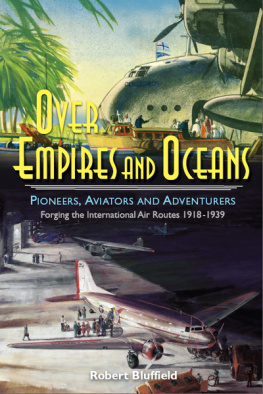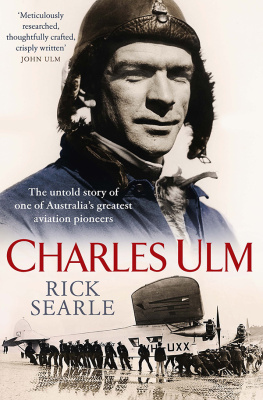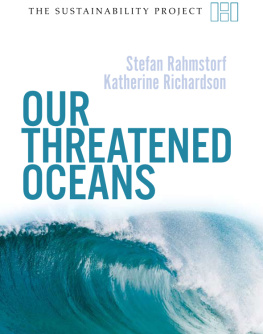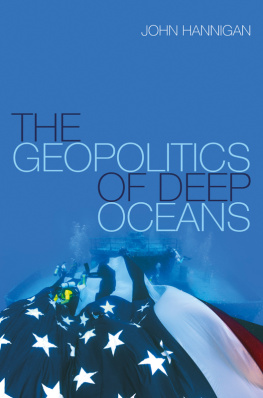
T HIS is a story of pioneers, intrepid aviators, adventurers, tycoons and innovators. It is also a story of dedication and determination; of the bizarre and occasionally downright farcical; of entrepreneurialism, skullduggery, inventiveness and ineptitude.
Despite aircraft proving their value over the battlefields of the Western Front during the First World War, convincing governments and public alike that they had a future proved far more challenging. The Americans, as inventors of heavier-than-air powered flight, had briefly courted with a passenger airline in 1914, yet it took a further nine years for mail to be flown coast-to-coast. In 1919 a British company made the first international scheduled flight between London and Paris, but the continuation of regular services was thwarted by a less-than-enthusiastic government.
The British eventually realised that fast links with their Empire were vital, and followed the example of the French and Dutch who had forged air links with North Africa and the Far East. Meanwhile, in South America, the Germans, forbidden under the Versailles Treaty from any major aircraft-building, were establishing cunning supremacy by forming airlines throughout South America and in China. While America awaited a transcontinental passenger service, Pan American Airways was crossing swords with the New York, Rio & Buenos Aires Line for air supremacy between the US and Latin America, leading to the formation of arguably the worlds greatest airline. In Russia, Igor Sikorsky had built a vast passenger-carrying aircraft, while elsewhere politicians debated whether giant airships or fixed-wing aircraft should rule the skies a debate that ended when the mighty German airship, Hindenburg, exploded while mooring in 1937.
Robert Bluffields gripping account tells the dramatic stories of explorers and flamboyant entrepreneurs, some well known, others forgotten, who risked fortunes and reputations to follow their dreams of ruling the skies over empires, continents and oceans. Against bewildering adversity, corruption, underhanded deals and dwindling resources, these tenacious individuals braved the elements using primitive machines to establish earth-shrinking aerial services that criss-crossed oceans and the most inhospitable terrains. This is the story of the pioneer airlines and the individuals who had a far-reaching impact on the way the modern world would travel.
Published in Great Britain in 2014 by
Tattered Flag Press
11 Church Street
Ticehurst
East Sussex TN5 7AH
England
www.thetatteredflag.com
Tattered Flag Press is an imprint of Chevron Publishing Ltd.
Over Empires and Oceans
Robert Bluffield 2014
All rights reserved. No part of this book may be reproduced, stored in a retrieval system, transmitted in any form or by any means, electronic, or mechanical including by photocopying or scanning, or be held on the internet or elsewhere, or recorded or otherwise, without the written permission of the publisher.
Jacket Design and Typeset: Mark Nelson, NSW Lower front cover painting of DC-3 and C-Class flying boat on page three by kind permission of David Marshall.
(www.davidmarshallaviationart.com)
British Library Cataloguing in Publication Data
A Catalogue Record for this book is available from the British Library
ISBN: 978-0-9543115-6-8
EPUB ISBN: 978-0-9576892-6-8
Printed and bound in Great Britain
Copyright
Illegal copying and selling of publications deprives authors, publishers and booksellers of income, without which there would be no investment in new books. Unauthorised versions of publications are also likely to be inferior in quality and contain incorrect information. You can help by reporting copyright infringements and acts of piracy to the Publisher or the UK Copyright Service.
For more information on books published by Tattered Flag Press visit
www.thetatteredflag.com
The Author
Robert Bob Bluffield was born in London and has worked in advertising, cinema management, publishing and as a private investigator. Having owned a successful photography business for thirty-seven years, Bob retired to concentrate on writing. He has written books on aviation history, photography and business and, as contributing editor to a lifestyle and business magazine publisher, has produced articles on motoring, travel, food and wine, and politics.
He has a lifelong interest in public transport and his book Imperial Airways and the Birth of the British Airline Industry 1914-1940 has been acclaimed by several leading aviation commentators. Bob produces and presents programmes on local community radio and is working on a political/social history of Britain at the start of the 21st century. He enjoys good food and wine, travel and reading non-fiction. He is married and lives in Buckinghamshire.
INTRODUCTION
I HAVE long held a fascination for airlines, particularly during the pre-jet period, and remember clearly being taken by my father to the roof gardens on Queens Building at Heathrow Airport many times during my childhood. These were the days when Vickers Vikings, Viscounts, Douglas DC-3s, Lockheed Super Constellations, Boeing Stratocruisers and Bristol Britannias were still plying the airways between London and exotic-sounding locations across the world. As a child of the 1950s, alas I never had the privilege of witnessing the great flying boats but after reading Alexander Fraters book Beyond the Blue Horizon On the Track of Imperial Airways (William Heinemann 1986), I became fascinated by these amazing aircraft. This led me on a voyage of discovery to find out all I could about Britains Empire Flying Boats and Imperial Airways, the British company that flew the Shorts aircraft. Ten years later my interest inspired my previous book, Imperial Airways The Birth of the British Airline Industry 1914-1940 (Ian Allan, 2009). Since then I have continued to study the growth of the worlds airline industry during the interwar period and also the pioneering days since mans first attempts to fly. Civil aviation history has become a consuming part of my life and my involvement through many years of research has resulted in this work which, in many ways, might be regarded as a companion to my earlier book.
Writing this volume has been like trying to force a gallon into a pint pot. Essentially it became a matter of trying to choose between what I believe is the most relevant material for inclusion and what, through the limitations of space, has needed to be left out. With so much fascinating information concerning the lives and times of the early adventurers and the airlines they conceived, by necessity I have needed to be ruthless, otherwise this book would have taken several more years to complete and it would have needed to be more than three times its size.
The requirement to be strict with my editing pencil has meant that a certain number of developments that occurred during the interwar years have had to be eliminated, but I do not feel a work of any length could ever totally cover the entire story of the formative years of the airlines, simply because so much has happened. Instead I have concentrated on the main events; but this has resulted in any reference to many of the hundreds, indeed thousands, of companies that in some shape or form contributed to airline history, being omitted. This may sound a little defeatist, more especially as in order to set the scene I felt it necessary to include a considerable amount of detail regarding the very early years of flight development before and including the Wright brothers. I trust this will not spoil your enjoyment and will not leave you feeling disappointed.
Next page









